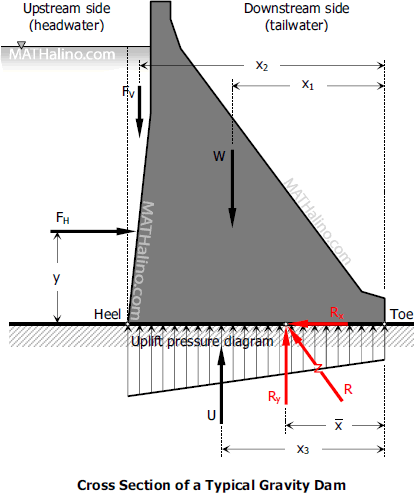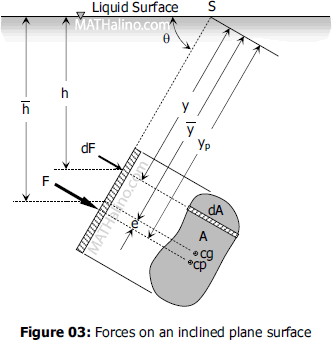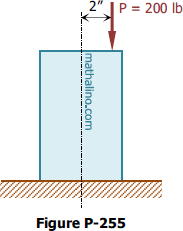Analysis of Gravity Dam
Dams are structures whose purpose is to raise the water level on the upstream side of river, stream, or other waterway. The rising water will cause hydrostatic force which will tend the dam to slide horizontally and overturn about its downstream edge or toe. The raised water level on the upstream edge or heel will also cause the water to seep under the dam. The pressure due to this seepage is commonly called hydrostatic uplift and will reduce the stability of the dam against sliding and against overturning.
- Read more about Analysis of Gravity Dam
- Log in to post comments






